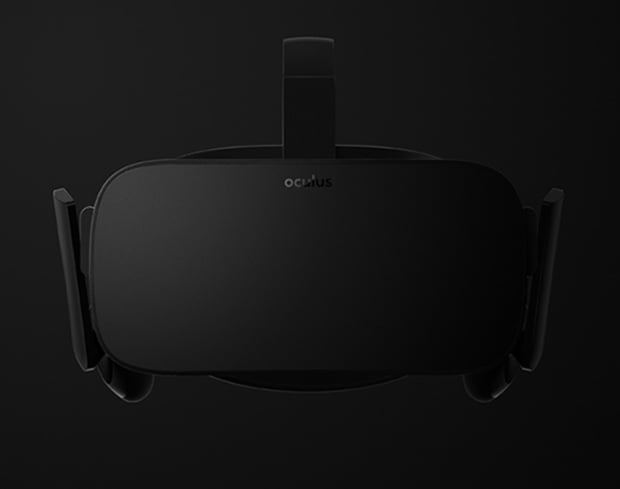Oculus And Facebook Acquire Surreal Vision For Deep Dive Into Augmented Reality
Today, we’re learning that Oculus’ deep-pocketed parent company Facebook has purchased British firm Surreal Vision, whose software can map our real world and turn it into a “living” virtual environment.

“We are overhauling state-of-the-art 3D scene reconstruction algorithms to provide a rich, up-to-date model of everything in the environment including people and their interactions with each other,” said members of the Surreal Vision team. “We’re developing breakthrough techniques to capture, interpret, manage, analyse, and finally reproject in real-time a model of reality back to the user in a way that feels real, creating a new, mixed reality that brings together the virtual and real worlds.”
The three co-founders of Surreal Vision — Richard Newcombe, Renato Salas-Moreno, and Steven Lovegrove — will pack their bags and heads to Oculus’ office in Redmond, Washington.
With the help of Surreal Vision, Oculus is looking to really advance the capabilities of virtual reality and augmented reality systems which can be “used in any condition, day or night, indoors or outdoors.” The endgame is to “open the door to true telepresence, where people can visit anyone, anywhere.”
In a separate announcement, Oculus and Facebook have teamed with the University of Southern California to develop an advanced facial recognition technology using Intel’s RealSense 3D camera and an Oculus Rift VR headset.
Since the headset obscures a significant portion of the face when worn, and thus limited the ability to capture expression with a camera, eight strain gauges have been incorporated into the Oculus Rift’s foam liner to pickup the slightest movements using Facial Action Coding System (FACS) software.
You can see the system in action in the video below:

